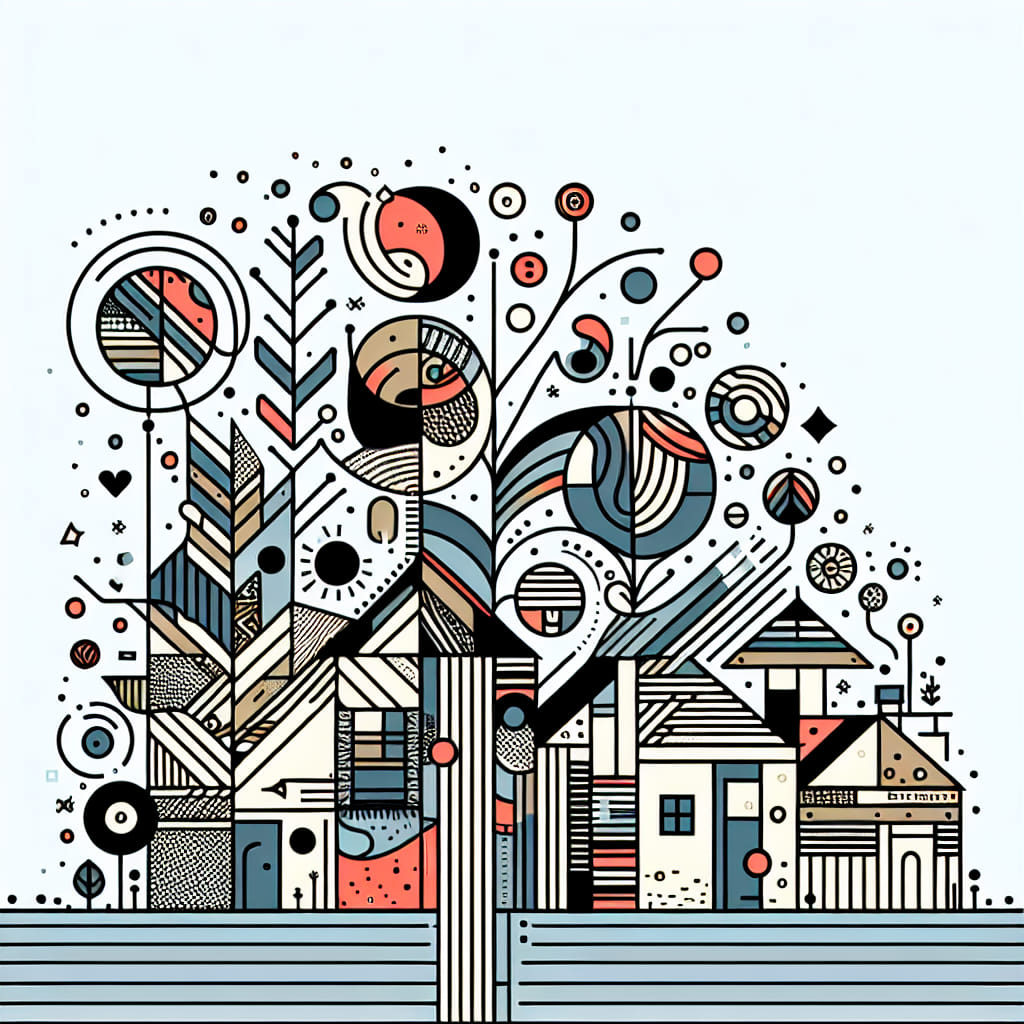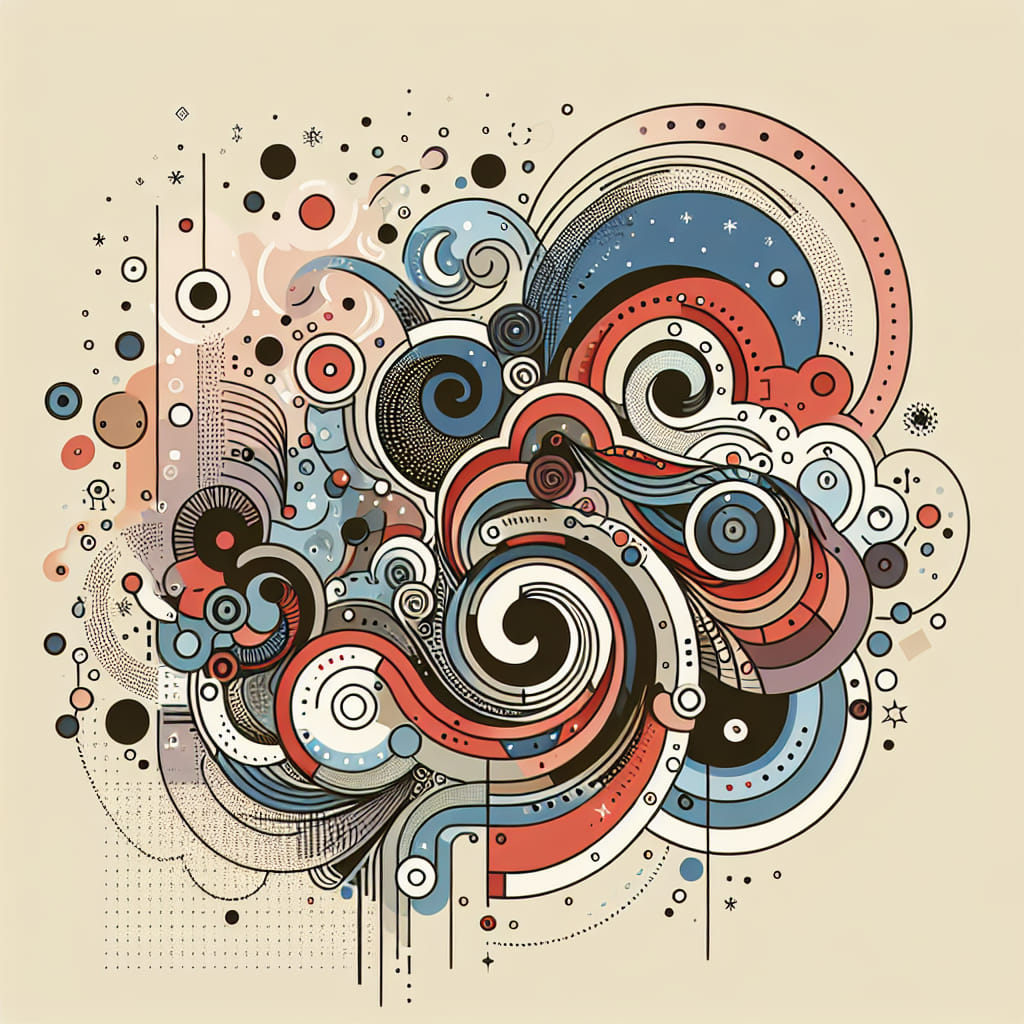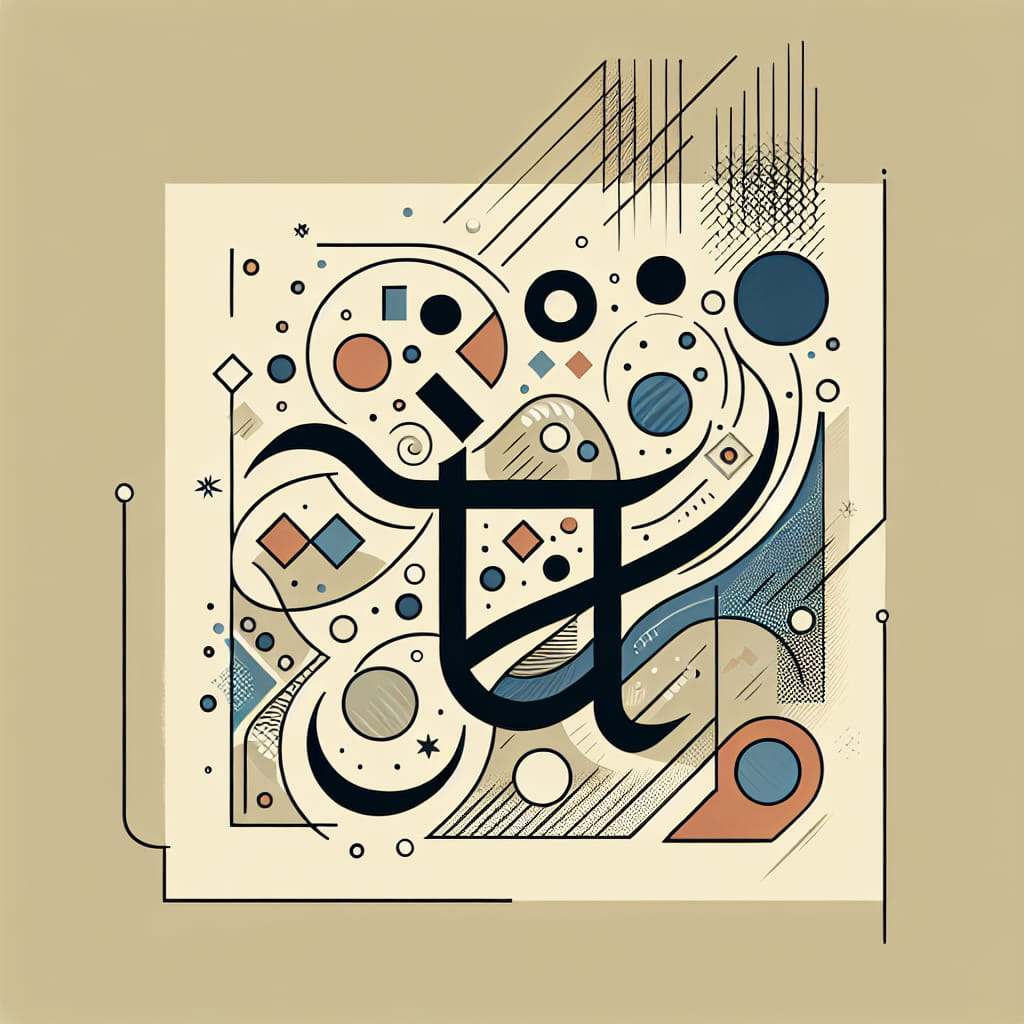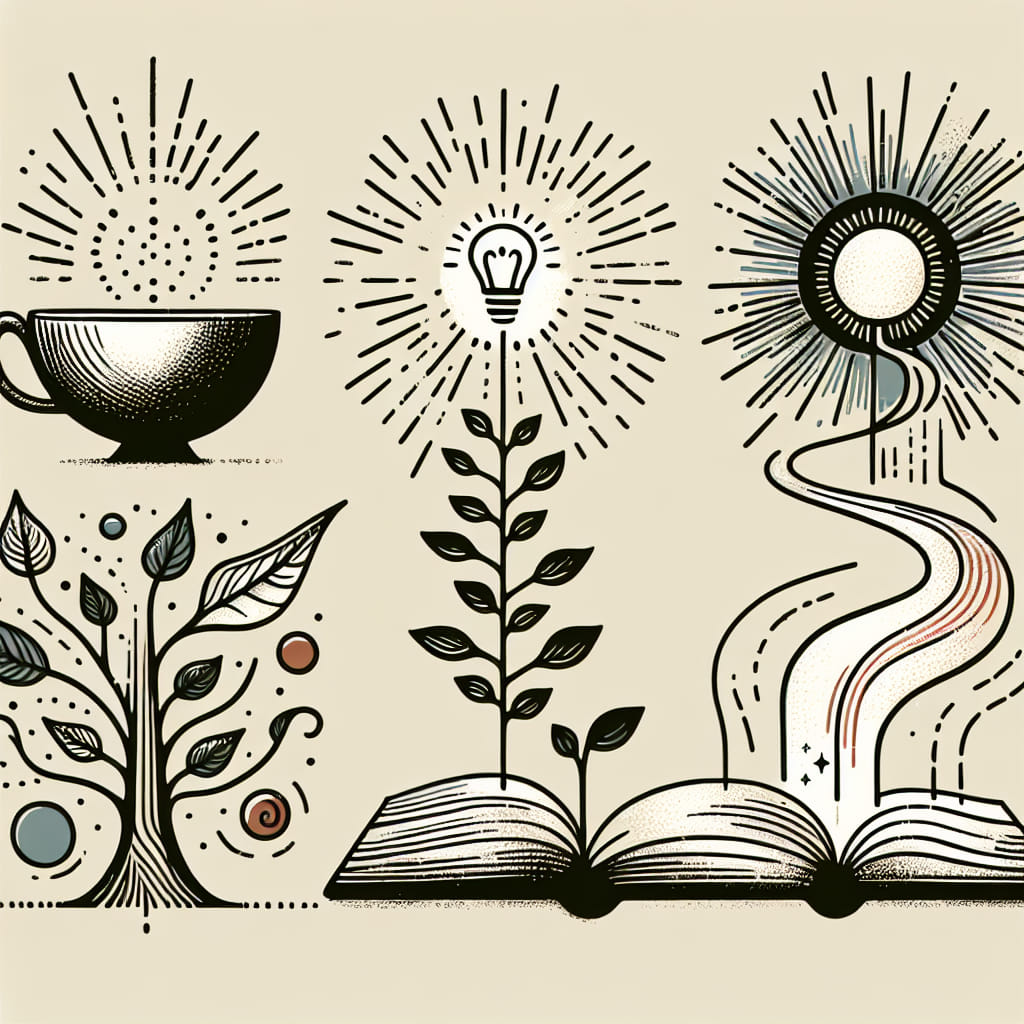· word of the day · 4 min read
Hygge: Discovering Danish Comfort Through Language Learning
Discover the Danish concept of hygge, a unique word embodying coziness and comfort, and enrich your language learning journey with cultural insights.

Learning a new language can be an exhilarating journey, full of discovery and excitement. One of the most rewarding aspects of this journey is uncovering unique and interesting words that offer a deeper understanding of the language and culture. Danish, with its rich history and vibrant culture, is no exception. Today, let’s dive into an intriguing Danish word that revolves around food and cuisine: “hygge”.
Hygge: The Heart of Danish Comfort
Hygge (pronounced “hoo-gah”) is more than just a word; it’s a concept deeply ingrained in Danish culture. While it doesn’t have a direct English translation, it roughly means “cozy” or “comfortable”. However, hygge encompasses much more than just physical comfort. It’s about creating a warm atmosphere and enjoying the good things in life with good people.
The Essence of Hygge
Hygge is about the experience and the feeling. Imagine sitting by a crackling fire with a cup of hot cocoa in hand, surrounded by friends or family, sharing stories and laughter. That warm, fuzzy feeling you get? That’s hygge.
In Denmark, hygge is a way of life. It’s about finding joy in the simple things, whether it’s a homemade meal, a quiet evening with a book, or a gathering with loved ones. This concept is especially prominent during the long, dark winters, where creating a cozy environment becomes essential for well-being.
Cultural Significance
Hygge is not just a fleeting trend; it’s a fundamental part of Danish culture. It’s reflected in their homes, their social interactions, and even their cuisine. Danish homes often feature soft lighting, warm blankets, and comfortable furniture, all designed to create a hyggelig (cozy) atmosphere.
In terms of cuisine, hygge is about comfort food. Think hearty stews, freshly baked bread, and pastries like kanelsnegle (cinnamon rolls). These foods not only nourish the body but also provide a sense of comfort and well-being.
Examples of Hygge in Use
Let’s explore some examples of how hygge is used in everyday conversation:
- Creating a Hygge Atmosphere: “Vi skal have en hyggelig aften med stearinlys og varm kakao.” (We are going to have a cozy evening with candles and hot cocoa.)
- Describing a Hygge Experience: “Det var så hyggeligt at være sammen med familien i går.” (It was so cozy to be with the family yesterday.)
- Inviting Someone for Hygge: “Kom over til middag, vi skal hygge os.” (Come over for dinner, we will have a cozy time.)
Idiomatic Expressions and Sayings
Hygge has also found its way into various idiomatic expressions and sayings in Danish. Here are a few:
- “Hyggesnak”: This means a “cozy chat”. It’s the kind of conversation you have when you’re relaxed and enjoying someone’s company.
- “Hyggekrog”: This refers to a “cozy nook” or a comfortable corner where you can relax.
- “Hygge sig”: This means to “enjoy oneself” or “have a good time”. It’s often used to describe a pleasant and relaxed experience.
Hygge in Literature and Folklore
Hygge is a recurring theme in Danish literature and folklore. Many Danish authors and poets have celebrated the concept in their works. For example, Hans Christian Andersen, the famous Danish author, often depicted scenes of hygge in his fairy tales. These scenes evoke a sense of warmth, comfort, and togetherness, which are central to the concept of hygge.
In Danish folklore, hygge is often associated with the idea of home and hearth. It’s about creating a sanctuary where one can escape the harshness of the outside world and find solace in the simple pleasures of life.
The Impact of Learning Hygge
Discovering words like hygge can significantly enrich your language learning experience. It opens a window into the culture and values of the people who speak the language. Understanding hygge allows you to appreciate the Danish way of life and their emphasis on comfort, togetherness, and well-being.
Moreover, incorporating hygge into your own life can enhance your well-being. By embracing the concept, you can create a more balanced and fulfilling lifestyle, filled with moments of joy and contentment.
As you continue your journey in learning Danish, remember that language is not just about vocabulary and grammar. It’s about understanding the culture, traditions, and values that shape the way people communicate. By exploring unique words like hygge, you can gain a deeper appreciation for the language and the people who speak it.
Ready to embrace the Danish way of life and learn more about the language? Download Glosa here and start your journey today!
Happy learning and hyggelig moments ahead!




